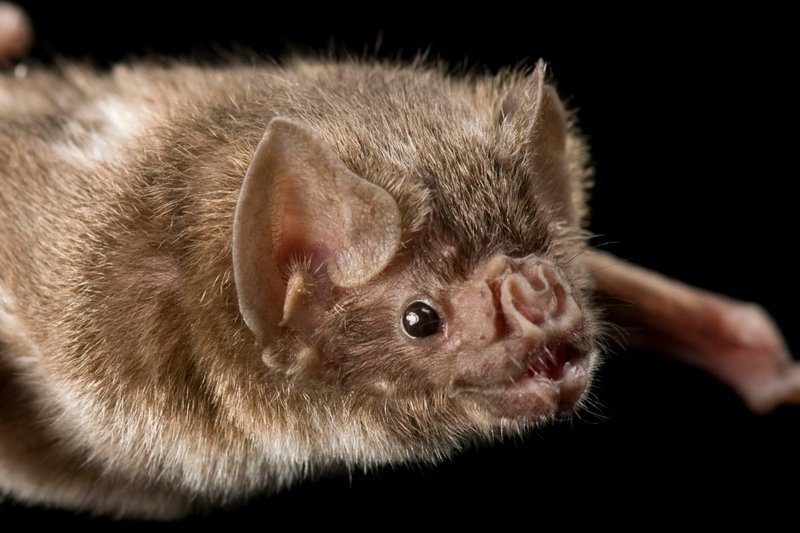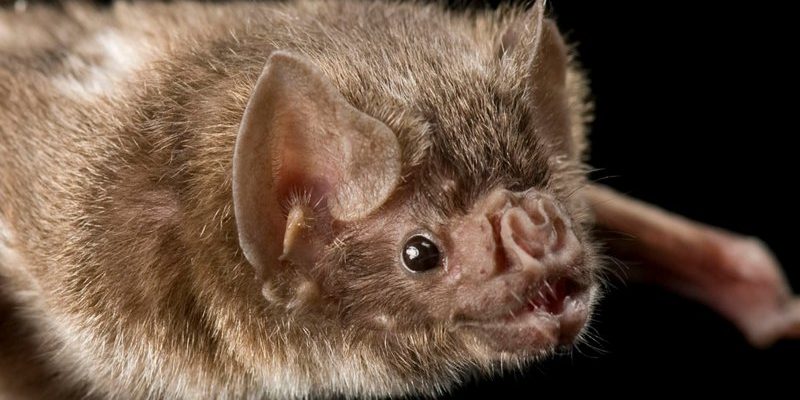
So, what’s the deal with these little night flyers? There are actually three species of vampire bats, with the common vampire bat being the most notorious. They don’t just appear in horror films; they play a unique role in their ecosystems. If you’re curious about how they hunt and what they eat, grab a cup of coffee, sit back, and let’s dive into the fascinating world of vampire bats.
What Do Vampire Bats Eat?
Vampire bats are unique among bats because they primarily feed on blood—a diet known as *sanguivory*. Interestingly, these bats have adapted to consume blood from various animals, usually targeting farm animals like cattle and horses. But don’t fret too much! They’re not the bloodthirsty monsters they’re often portrayed as.
Here’s how it works: vampire bats have a specialized diet that consists mainly of the blood of warm-blooded animals. They don’t just dive in and drain their prey; instead, they make a small incision with their sharp teeth, allowing the blood to flow into their mouths. It’s a little like using a straw, but with teeth!
Just to clarify, vampire bats do not typically consume the entire animal. They usually take only a small amount of blood—about two tablespoons per feeding. This method allows the prey to remain alive, which is handy for the vampire bat because it needs to feed regularly.
How Do Vampire Bats Hunt?
When it comes to hunting, vampire bats have a variety of strategies. First off, they are nocturnal, meaning they do their best work at night. This is a crucial aspect of their hunting strategy, as it allows them to avoid predators and approach their prey unnoticed.
One effective technique they use is called *echolocation*. This means they emit sounds that bounce off objects, helping them to navigate in the dark. So, while they’re flying, they can quickly identify where their next meal might be. Imagine them like tiny, furry sonar machines, expertly avoiding obstacles and honing in on potential targets.
Additionally, vampire bats exhibit social behavior when it comes to hunting. They often hunt in pairs or small groups, which increases their chances of finding a meal. In fact, when one bat finds a good source of blood, it’ll sometimes share the discovery with its roost mates, creating a sense of teamwork that’s quite endearing.
The Anatomy of a Vampire Bat
To understand how vampire bats hunt, you need to appreciate their unique anatomy. One of their most remarkable features is their heat sensors, located on their nose. These sensors help them detect the warmth of their prey’s blood vessels. Essentially, it’s like having a built-in thermometer that guides them to the best spot to bite!
Additionally, vampire bats possess saliva that contains anticoagulants. This special enzyme prevents the blood from clotting, allowing them to feed more easily. It’s an incredible evolutionary adaptation, almost like a natural blood thinner.
Furthermore, their elongated fangs are specifically designed for precision bites. They can make a quick and painless incision, so their prey often doesn’t even notice they’ve been bitten until later. This ability to feed stealthily is essential for their survival.
Vampire Bat Feeding Behavior
Now that we’ve covered their hunting techniques, let’s talk about what happens during feeding. Once a vampire bat successfully bites its prey, it’s time to sip on that tasty meal. They tend to feed for about 20 to 30 minutes—plenty of time to enjoy a good drink!
Interestingly, vampire bats have also developed a behavioral trait known as reciprocal altruism. This means that if one bat shares a meal with another, that bat may return the favor later. It’s a bit like having friends who help you out when you’re in need—an essential survival strategy for these social creatures.
Moreover, their feeding behavior can vary depending on the availability of food sources. If a vampire bat finds a particularly rich source of blood, it may return to that spot repeatedly. It’s similar to finding your favorite restaurant—you go back because you know the food is good!
Impact on Ecosystem
You might wonder how vampire bats fit into the larger picture of their ecosystem. Despite their creepy reputation, they actually play a crucial role in controlling the populations of certain animals. By preying on livestock, they help maintain a balance in these environments.
Moreover, their feeding habits can indirectly benefit other wildlife. For example, areas with vampire bat populations can see an increase in plant growth due to the feces of these bats, which act as a natural fertilizer. It’s a beautiful example of how one creature’s lifestyle can have a ripple effect on the environment.
However, it’s worth noting that vampire bats can pose a risk to livestock and transmit diseases like rabies. This behavior can lead to tension between the bats and farmers, showing that their role in the ecosystem is complex and multifaceted.
So, the next time you think of vampire bats, remember that they’re not just bloodsucking monsters. They have a fascinating diet and sophisticated hunting strategies that help them thrive in their environment. With their unique anatomy and social behaviors, these little bats have carved out a niche for themselves that’s both intriguing and essential to their ecosystem.
Understanding the diet and hunting strategies of vampire bats gives us a deeper appreciation for these creatures. They might be a bit misunderstood, but ultimately, they are just doing what they need to survive in the wild. So, whether you’re out camping or just enjoying a night under the stars, take a moment to reflect on the delicate balance of nature—and who knows, you might just hear a vampire bat on the hunt!

